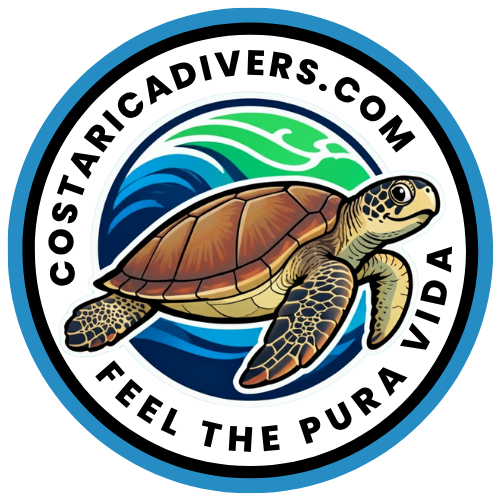So you’re heading to Uvita and wondering whether you need a car rental? I’ve been living in Costa Rica for years, and this question comes up constantly. Uvita is gorgeous, a slice of paradise on the southern Pacific coast, but it’s not your typical walkable beach town.
Let me share what I’ve learned about renting a car in Uvita so you can make the best choice for your trip.
The short answer? For most travelers, having a rental car opens up a world of possibilities. But let’s dig into the details.
Uvita isn’t compact like some beach towns where you can walk everywhere. The area stretches along Highway 34, with hotels, restaurants, and attractions spread across several kilometers. The town center has shops and services, but the best beaches, waterfalls, and viewpoints? They all require a drive.
The town’s charm comes partly from being spread out. Marino Ballena National Park sits at one end, the town center with restaurants and grocery stores in the middle, and beautiful beaches extending both north and south. It’s not set up for pedestrians.
Did you know? Uvita’s famous whale tail sandbar at Marino Ballena National Park is visible only during low tide, which happens twice daily. Having a car means you can time your visit perfectly without relying on tour schedules.
From my experience, you’ll benefit most from a car rental in Uvita if you fall into any of these categories:
Adventure seekers and nature lovers benefit most from having wheels. A car unlocks access to hidden waterfalls, remote beaches, and hiking trails that tour buses never reach. Some of my favorite spots in Costa Rica? I found them by having the freedom to explore dirt roads and follow local tips.
Families with children appreciate the flexibility more than anyone. When you’re traveling with kids, being able to leave the beach when someone gets cranky or make impromptu snack stops saves the day. Car seats are available as rental add-ons, too.
Multi-destination travelers absolutely need a car if you’re combining Uvita with other places like Manuel Antonio, Dominical, or the Osa Peninsula. Public transportation exists but eats up vacation time.
Travelers staying outside town center will find a car nearly essential. Many gorgeous accommodations sit in the hills above Uvita or along quieter stretches of coast. Without a car, you’ll burn money on taxis just getting to dinner.
Not everyone needs a car in Uvita, though. You can probably skip renting if you’re staying at an all-inclusive resort with on-site restaurants and activities, or if you’re happy booking organized tours for everything. Solo budget travelers might find that insurance and rental fees outweigh the convenience, especially for short stays.
Taxis operate in Uvita, and many hotels offer shuttle services to popular spots. You can absolutely have a wonderful trip without renting a car, but you’ll have less spontaneity and likely spend more time coordinating transportation.
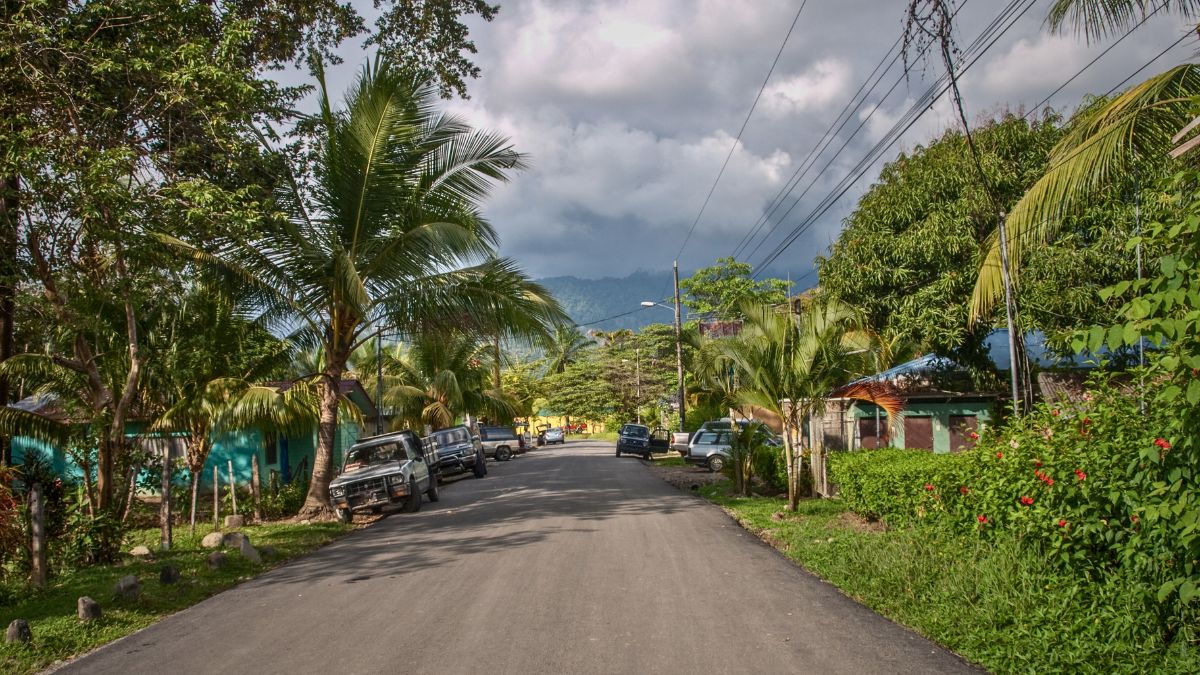
Several car rental companies serve the Uvita area, and not all of them are created equal. The main players include Adobe Rent a Car, along with international chains like Alamo, National, and Hertz. You’ll also see smaller local operations.
Here’s what I’ve observed over the years: the big international chains have name recognition, but they often charge higher rates and may have offices primarily at airports rather than in Uvita itself. Local companies can offer better prices but vary widely in reliability and customer service.
Let me save you from a headache too many travelers experience. Never book your Costa Rica rental car through third-party sites like Expedia, Kayak, or Priceline. Those $5 or $10 per day rates look amazing, but they’re fake.
These sites almost never include the mandatory Costa Rican insurance in their prices. You arrive to pick up your car and suddenly owe several hundred dollars more than you expected. The “deal” evaporates, you feel stuck because you need the car, and your vacation starts badly.
Always book directly with the rental company. Yes, the upfront price looks higher, but it’s honest and includes everything you actually need to pay.
Another red flag? Companies that refuse to clearly explain their insurance options or pressure you into unnecessary coverage. Reputable companies like Adobe will patiently walk you through what’s required and what’s optional.
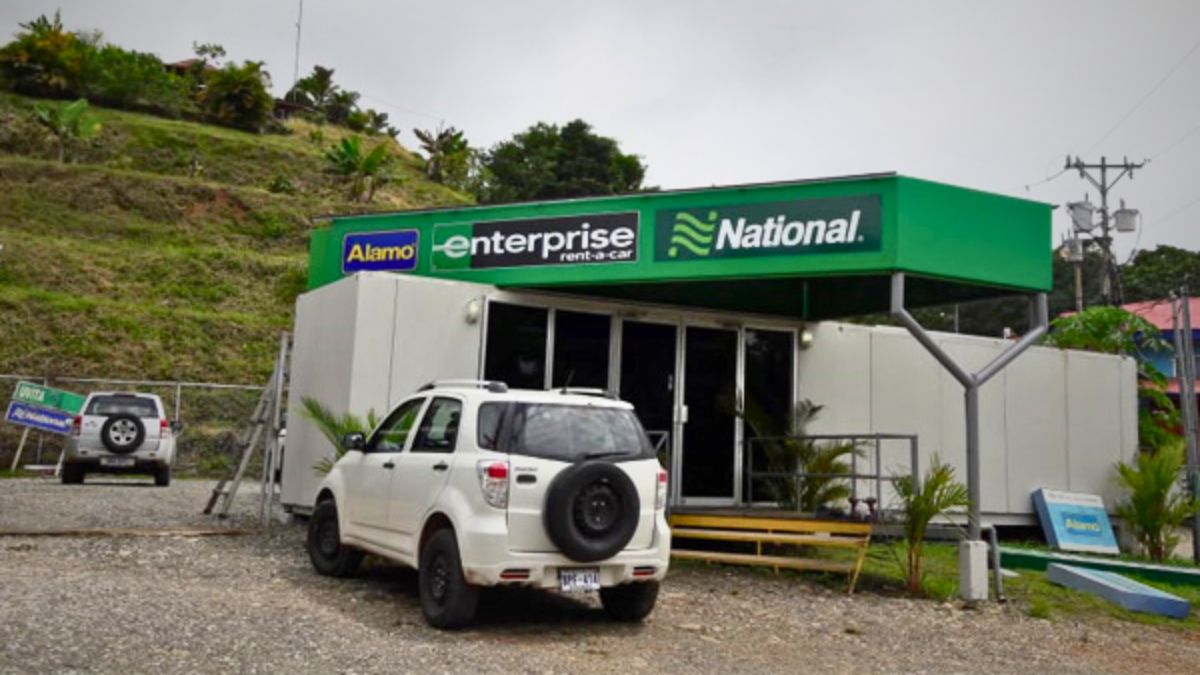
This is one of the most common questions I get, and the answer depends on your specific plans.
The main roads in Uvita are paved and in decent shape. Highway 34 runs right through town and stays well maintained. If you’re sticking mostly to town, visiting Marino Ballena National Park, and driving to nearby beaches, a regular SUV with good clearance works fine.
But here’s the catch: many side roads and routes to hotels climb steep hills and can be rough, especially during or after rain. I generally recommend getting a vehicle with decent clearance at minimum. A 4WD isn’t always necessary, but it gives you peace of mind and opens up more options.
Get a 4WD SUV if you’re visiting during rainy season (May through November), staying at a property up in the hills, or planning to explore beyond main tourist areas. For dry season visits (December through April) when you’re near town, a regular SUV with good clearance should work.
Before booking, ask your hotel about road conditions. Some properties sit at the end of challenging access roads that really do need four-wheel drive, especially when wet. A quick email saves you from arriving in the wrong vehicle.
Fun fact: Costa Rica’s rainy season isn’t as scary as it sounds. Most days feature beautiful sunny mornings with afternoon showers. Having a 4WD just means you won’t stress about muddy roads after those daily rains.
Before you get too excited about your rental car adventures, make sure you meet the basic requirements. Costa Rican rental companies have fairly standard rules, but they do enforce them strictly.
You must be at least 23 years old. Some companies set the minimum at 25, but Adobe allows 23-year-old renters. If you’re younger than 23, unfortunately, you’re out of luck with most rental agencies here.
You need a valid driver’s license from your home country. Good news here: you don’t need an international driving permit unless your license uses a non-Roman alphabet like Arabic, Hebrew, or Mandarin. Your regular license from the US, Canada, UK, or most European countries works perfectly.
You must have at least two years of driving experience. They verify this by checking when your license was issued. Brand new drivers can’t rent cars in Costa Rica, which honestly makes sense given the road conditions.
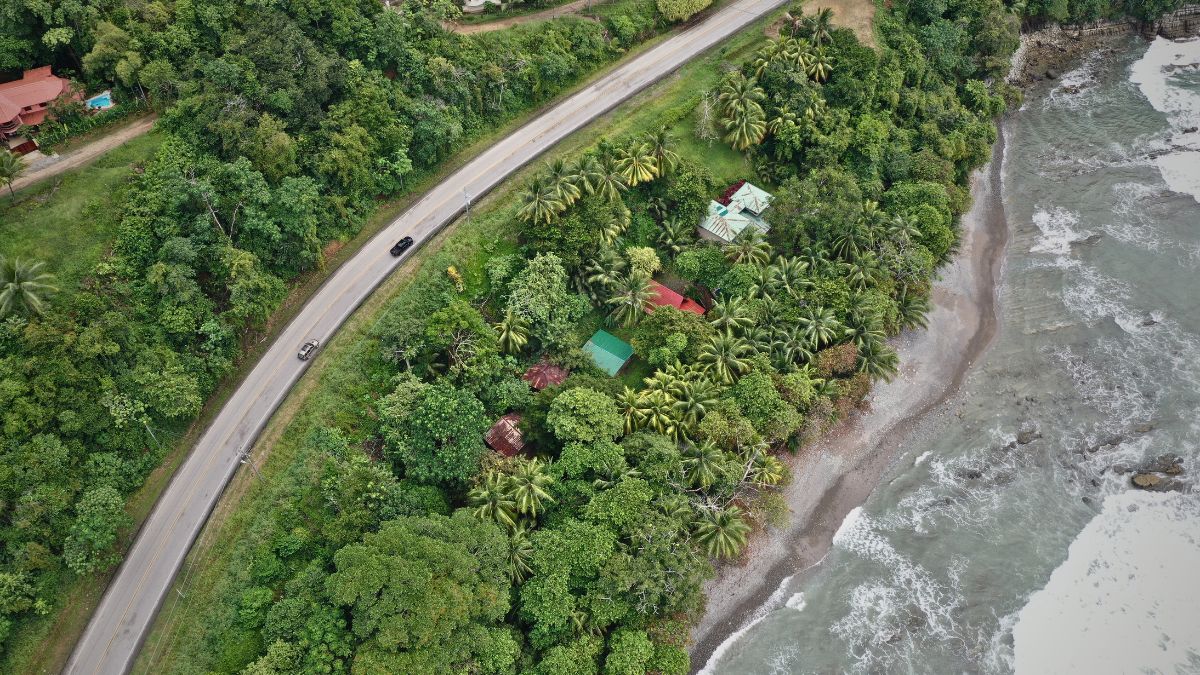
You need your original passport with a valid entry stamp. When you entered Costa Rica, immigration stamped your passport with a 90-day tourist visa. The rental company verifies this is still valid.
A credit card is required for the security deposit. This part’s non-negotiable. Debit cards and cash don’t work for most companies because they need to place a hold on your card for the deposit amount. More on this in a minute.
Bring original documents only. Photocopies won’t be accepted, though I do recommend keeping copies separate from your originals while traveling for safety.
Insurance is where car rental in Costa Rica gets confusing for many visitors. The system here works differently than in many other countries, so let me break it down clearly.
Third Party Liability Insurance (PLI) is required by Costa Rican law for every vehicle on the road. There are absolutely no exceptions. This insurance covers damage you might cause to other vehicles, property, or people. It’s included in your daily rental rate with reputable companies like Adobe.
Collision Damage Waiver (CDW) or Car Protection Insurance is also effectively mandatory. This covers damage to the rental vehicle itself. Here’s where it gets interesting: technically, you can decline this if your credit card provides rental car insurance for Costa Rica. But you need a letter from your credit card company stating specifically that they cover rentals in Costa Rica, and you must present it when picking up your vehicle.
From what I’ve seen, very few credit cards actually cover Costa Rica, and even fewer travelers show up with proper documentation. Most people just buy the CDW to avoid hassles.
Extended Protection Coverage (SPP) or Total Protection Insurance provides comprehensive coverage with higher limits, 24/7 roadside assistance, and typically reduces or eliminates your deductible. Adobe’s SPP raises coverage to $2 million per incident.
Worth it? Depends on your comfort level with risk. I usually get it because Costa Rican roads can be unpredictable. A cow wandering onto the highway, unexpected potholes, or sudden rainstorms create situations even good drivers might not avoid. The peace of mind is worth the extra cost to me.
Be prepared for insurance to add significantly to your daily rate. The mandatory coverage typically adds $30-40 per day to your base rental cost. Optional comprehensive coverage adds another $15-25 per day.
Yes, this makes Costa Rica car rentals more expensive than many destinations. But it’s the reality here, and knowing this upfront helps you budget accurately.
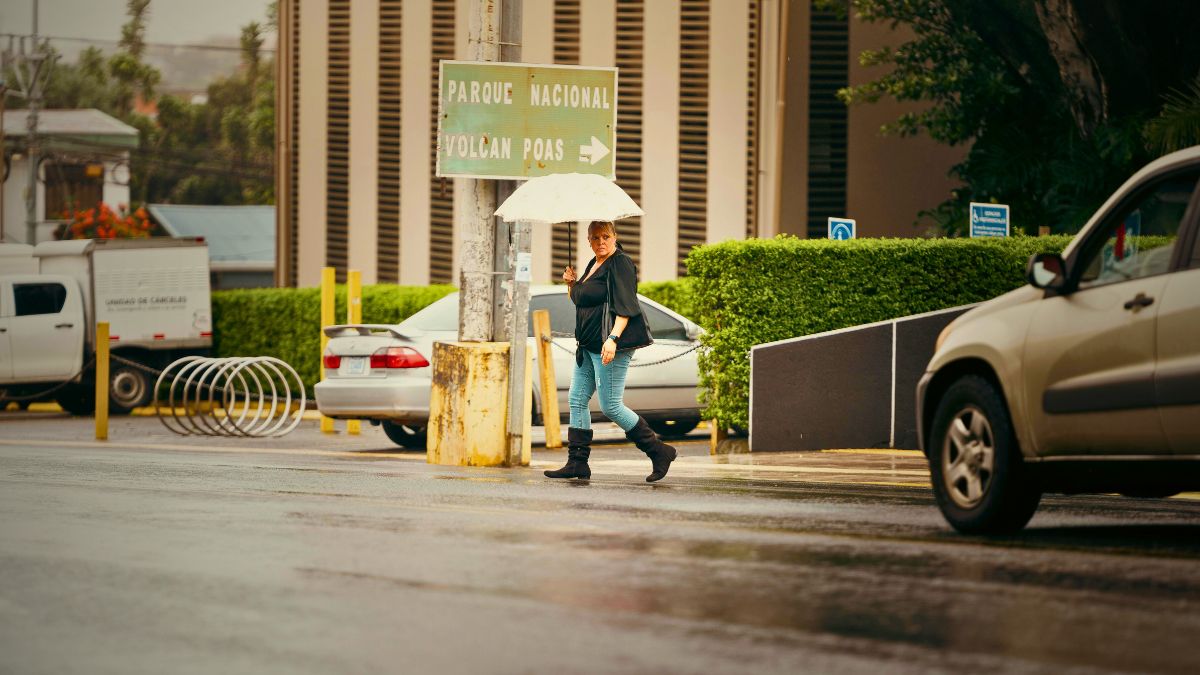
Let’s talk honestly about what renting a car in Uvita actually costs. I want you prepared for the reality.
Daily rental rates for a basic SUV typically run $40-70 per day during low season and $60-100 during high season (December through April). Add mandatory insurance, and you’re looking at $70-110 per day minimum. A 4WD SUV costs slightly more, usually $10-20 extra daily.
The security deposit surprises many people. Most rental companies require a hold of $1,000-2,000 on your credit card as security. Adobe typically requires $1,000-1,500 depending on vehicle type.
Here’s what’s crucial to understand: it’s a hold, not a charge. Return the vehicle undamaged, and the hold releases immediately. But if you’re using a credit card close to its limit, this hold might prevent you from using that card for other expenses during your trip.
Using a debit card causes problems because the money actually gets withdrawn from your account rather than held. It can take days or even weeks to get that refund. Stick with a credit card if possible.
Hidden fees to watch for with other companies include one-way drop-off charges, additional driver fees, young driver surcharges, GPS rental, and airport pickup fees. Adobe is transparent about any applicable fees and includes many of these (like second driver) for free.
Want to reduce your car rental costs in Uvita? Here are strategies that actually work:
Book during rainy season (May through November) when rates drop significantly. You’ll still get plenty of sunshine, especially mornings.
Rent for longer periods. Weekly rates beat daily rates almost always, sometimes offering one or two free days.
Pick up and drop off at the same location to avoid one-way fees, though Adobe allows different drop-off locations at many of their offices without excessive charges.
Book directly with the company as far in advance as possible. Last-minute rentals command premium prices.
You have two main options for getting your rental car: picking it up directly in Uvita or driving from San Jose.
Adobe’s Uvita office is conveniently located in front of Supermercado BM, next to Bahía Ballena bakery, right in the heart of downtown. It’s easy to find off Highway 34.
Even better, if your hotel is within 12 miles of their office, they’ll deliver your rental car directly to you for free. This is genuinely convenient because you can settle in, maybe take a nap after traveling, and have your car show up ready to go.
Just make sure to select “Uvita” as your pickup location when booking and confirm the delivery service. They’ll coordinate a time that works for your arrival schedule.
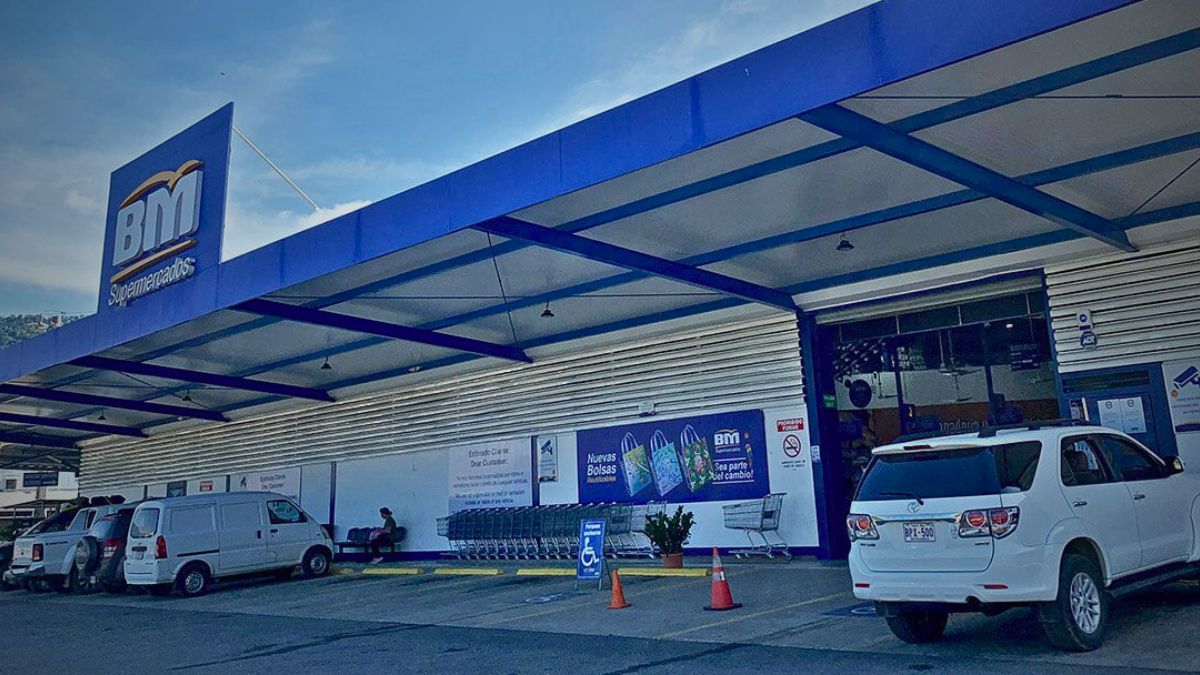
Many travelers prefer to pick up their rental at San Jose’s international airport (SJO) and drive directly to Uvita. This gives you a car for your entire trip and lets you explore along the way.
The drive takes roughly 3.5 to 4 hours depending on San Jose traffic. You’ll take Route 27 west toward the coast, then head south on the Costanera Highway 34. The entire route uses well-maintained, paved roads.
I actually enjoy this drive. It’s scenic, straightforward, and gives you a nice intro to Costa Rica’s diverse landscapes. You’ll pass through mountains, see your first palm trees, and catch glimpses of the Pacific. Consider stopping for lunch in Jaco or taking a slight detour to see the famous crocodile bridge near Tarcoles.
If you do this, select “Aeropuerto San Jose (SJO)” as your pickup location when making your reservation. Adobe has a dedicated airport desk that makes pickup smooth and efficient.
Having a car in Uvita truly opens up the region. Here are my favorite places you can reach easily.
Uvita’s crown jewel. The park’s famous whale tail shaped sandbar appears at low tide and is magical to walk. Beyond the sandbar, the park protects important marine habitat where humpback whales come to breed and raise calves. Whale watching season runs roughly July through November and again December through March, when whales migrate from both hemispheres.
The park has multiple access points along the coast, all easily reachable by car. Entrance costs just a few dollars, and you can spend hours exploring the beaches, tide pools, and coastal trails.
The Nauyaca Waterfall Rank among the most spectacular falls I’ve seen in Costa Rica. Located about 30 minutes north near Dominical, these twin cascades plunge into a pristine swimming hole surrounded by jungle. The access road can be rough, but it’s doable with a good SUV or 4WD.
You can either hike down (moderately tough) or arrange a horseback ride. Having your car means you go independently without booking expensive tours.
Becomes one of the best activities with your own vehicle. Playa Uvita serves as home base, but venture to Playa Hermosa for better surfing, Playa Ballena for a quieter scene, or explore small coves heading south toward Ojochal. Each beach has its own vibe, and you can easily hit several in one day.
This is Costa Rica’s most popular national park for good reason. The combo of gorgeous beaches and incredible wildlife (monkeys, sloths, iguanas, countless birds) makes it special. Book tickets to Manuel Antonio Park online ahead because the park limits daily visitors.
Dominical, just 20 minutes north, has more of a developed beach town vibe with surf shops, restaurants, and a fun little downtown. Ojochal, 15 minutes south, is known for excellent restaurants (particularly French and international cuisine) and an artsy community. Both make easy day trips with a car.
Sits in the hills above town and requires a short hike. It’s less impressive than Nauyaca but has its own charm. When water levels are right, you can actually slide down this waterfall, which is thrilling. Look it up on Google Maps and you’ll find the access road easily enough.
Did you know? The name “Uvita” comes from a type of small grape that once grew abundantly in the area. The town was originally called “Uvita de Osa,” meaning “little grape of Osa.”
Let me share some practical information that will make your driving experience in Uvita much smoother.
Gas stations in Uvita sit at the north and south ends of town along Highway 34. You’ll see them clearly marked. Here’s something that surprises visitors: all gas stations in Costa Rica are full service. Stay in your car, tell the attendant what you need, and they’ll pump your gas and clean your windshield. Tipping a small amount (500 colones) is nice but not required.
Parking in Uvita is generally easy. Most restaurants and shops have their own small lots. At beaches, you’ll find designated parking areas, usually with an attendant. Pay them the small fee (around 1,000-2,000 colones) and they’ll watch your car. Never leave valuables visible in your vehicle, even in paid parking.
Road conditions vary. Highway 34 through town is in good shape, but side roads can be rough, especially dirt roads leading to hillside properties. During heavy rain, some roads become temporarily difficult even with 4WD. Drive slowly, watch for potholes, and don’t hesitate to ask locals about current conditions.
Navigation is easy these days with GPS on your phone. Google Maps works well in Costa Rica. Download offline maps for the area before you go in case you lose cell signal. Adobe also provides GPS units as rental add-ons if you prefer a dedicated device.
Speed limits are posted in kilometers per hour, not miles. Generally, you’ll see 40-60 km/h in towns and 80-100 km/h on highways. Police do patrol, and speeding tickets are expensive. When in doubt, follow traffic flow.
Emergency numbers: If something goes wrong, dial 911 for emergencies just like in the US and Canada. For roadside assistance with your Adobe rental, their 24/7 support line is on your rental agreement.
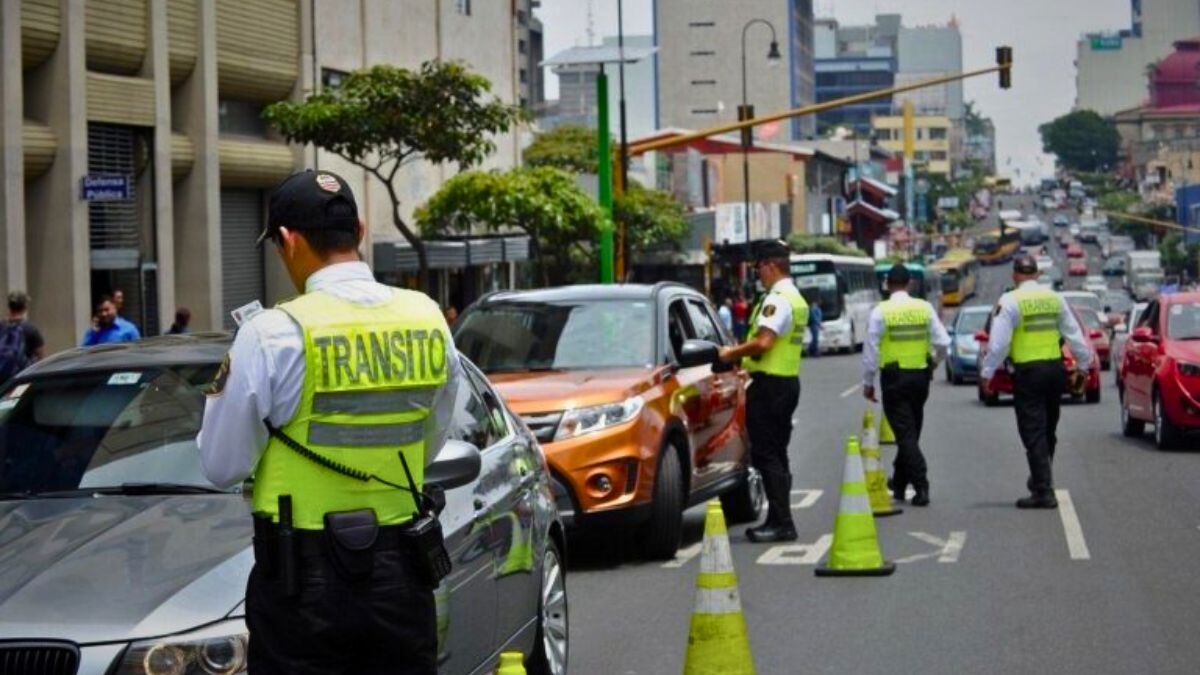
A few final pieces of advice based on mistakes other travelers make:
Never leave belongings visible in your car. Uvita is generally safe, but opportunistic theft happens, especially at beaches and tourist spots. Put everything in the trunk before arriving at your destination. Don’t give anyone a reason to break a window.
Costa Rica drives on the right side of the road with the steering wheel on the left, just like the US, Canada, and mainland Europe. If you’re coming from the UK, Australia, or other left-hand traffic countries, give yourself time to adjust.
You can pick up your car in one location and return it to another office without huge fees in most cases. This flexibility helps if you’re doing a one-way trip through Costa Rica. Just arrange it when booking.
Watch out for motorcycles and pedestrians, especially in town. The road through Uvita’s center gets busy, and not everyone uses crosswalks or follows traffic rules perfectly.
In case of any accident, no matter how minor, you must file a police report. Don’t move vehicles until police arrive and document the scene. Call 911 and then contact Adobe’s emergency line. This is crucial for insurance claims.
Long-term rentals are possible and often more economical if you need a car for several weeks or months. Adobe offers special rates for extended rentals. Contact them directly to discuss options.
After years exploring Uvita and the southern Pacific coast, I genuinely believe renting a car enhances most people’s experience here. The freedom to wake up and decide, “Let’s check out that waterfall today,” or “I heard about a great beach 20 minutes south,” makes your trip more spontaneous and memorable.
Yes, it costs more than many expect once you factor in insurance and gas. But when you compare it to the cost of multiple taxi rides, organized tours, and missed opportunities to explore hidden gems, the value becomes clear.
Have questions about renting a car in Uvita that I didn’t cover? Feel free to reach out. I’m always happy to help fellow travelers make the most of this beautiful corner of Costa Rica.
Safe travels, and enjoy exploring everything Uvita has to offer!
Not always. The main roads are paved and accessible with a regular SUV. However, 4WD is recommended during rainy season, if you’re staying at a hillside property, or if you plan to explore remote areas. Ask your hotel about their road conditions before deciding.
Yes, your valid driver’s license from your home country works in Costa Rica for tourist visits up to 90 days. You only need an International Driving Permit if your license is written in a non-Roman alphabet.
Mandatory insurance (Third Party Liability and Collision Damage Waiver) typically adds $30-40 per day to your base rental rate. Optional comprehensive coverage adds another $15-25 per day. Budget approximately $50-65 per day for full insurance coverage.
Yes, driving in Uvita is generally safe if you exercise normal caution. Roads can be narrow with occasional potholes, and rain makes surfaces slippery. Drive at comfortable speeds, watch for pedestrians and motorcycles, and avoid driving at night on unfamiliar roads.
Yes, Adobe allows you to pick up your car in one location and return it to a different office. They have locations throughout Costa Rica including San Jose, Liberia, Quepos, and other tourist areas. Additional fees may apply depending on the route.
Explore More Uvita Resources:
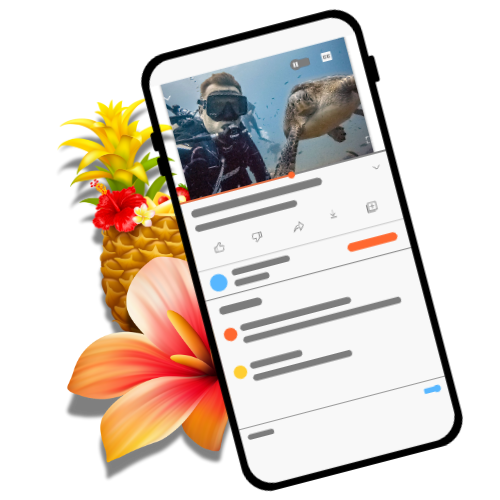
Subscribe and unlock hidden destinations!
Subscribe now and get instant access to our exclusive “Secret Spots” ebook!
Limited-time free download.
